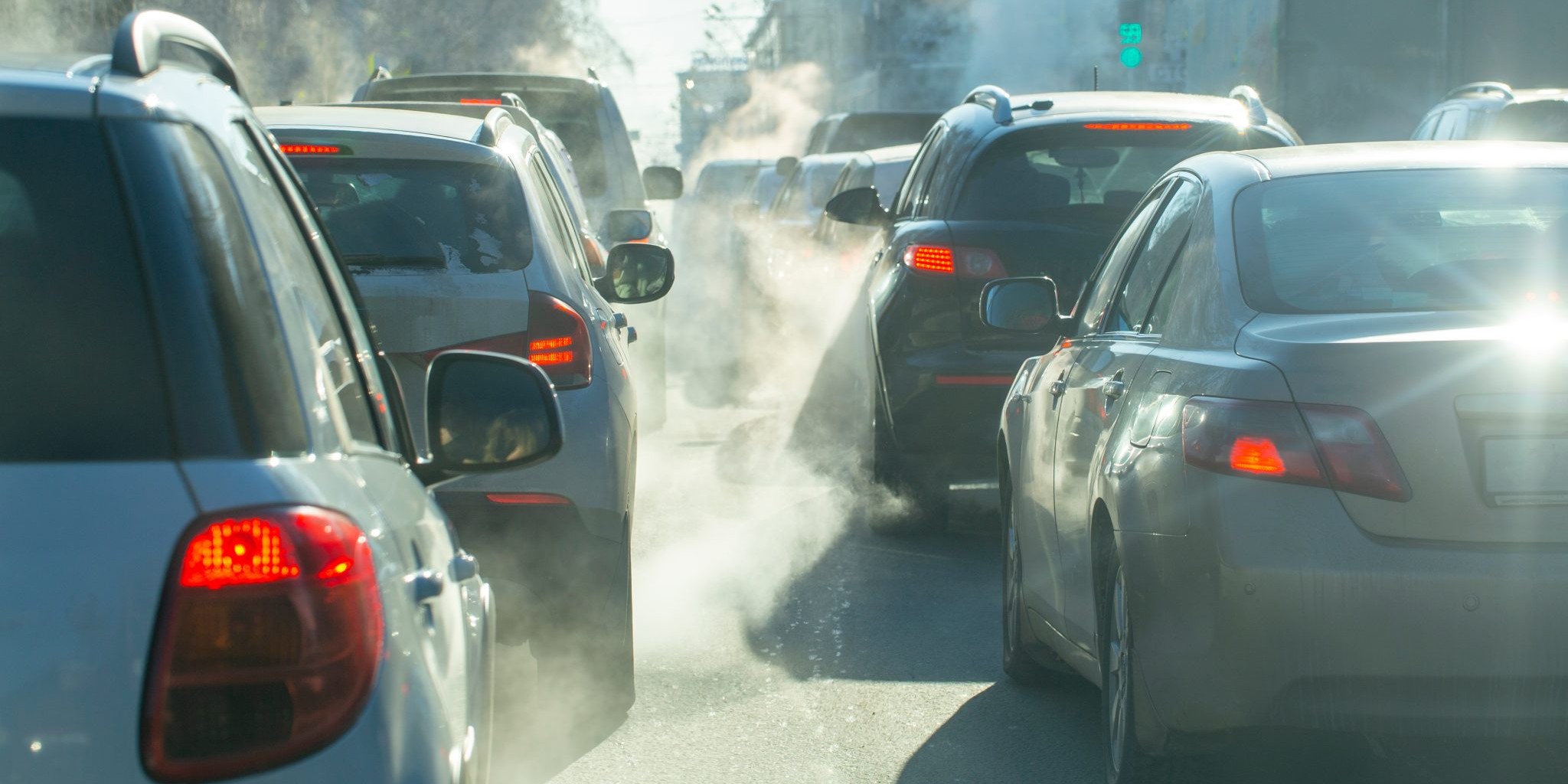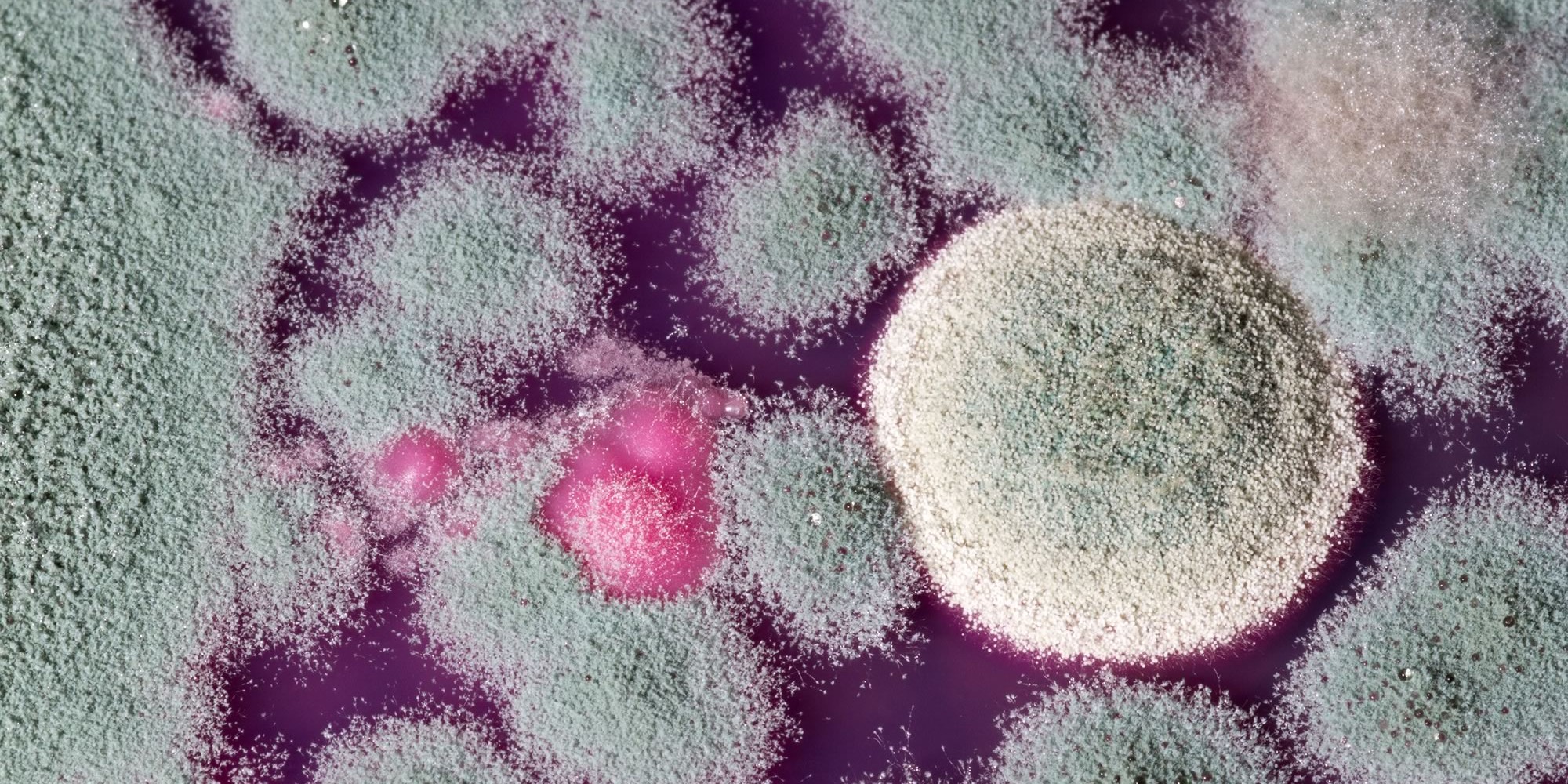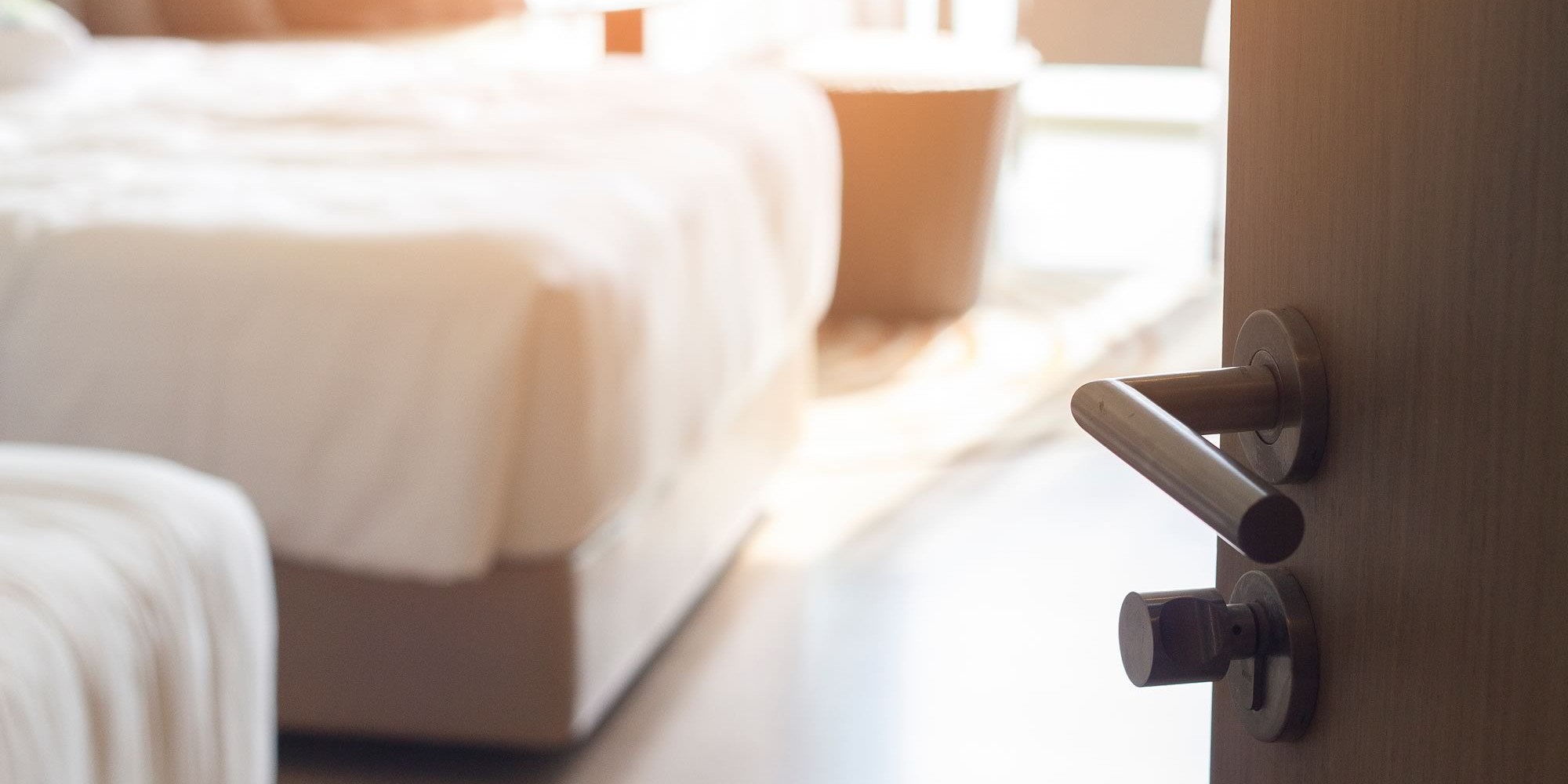Allergies, Asthma, and Air Quality
May 16, 2022
As we move into the summer months, it is important to understand the connection between allergies, asthma, and air quality. While air pollution does not directly cause allergy or asthma, it can increase the risk of developing atopic disease. Air pollution can also trigger allergy or asthma symptoms…
Six More Weeks of Winter
February 7, 2022
The first official Groundhog Day celebration took place on February 2, 1887, in Punxsutawney, Pennsylvania, and was the brainchild of local newspaper editor Clymer Freas. He sold a group of businessmen and groundhog hunters on the idea of gathering around the inaugural famous groundhog to see…
Respiratory Care Week, October 24-30
October 25, 2021
As we settle into this final week of October and prepare for some frightful fun at the end of the week, let’s all take a big deep breath in before the end of the year holiday season is upon us! Speaking of that big deep breath, October is Healthy Lung Month and this week, October 24-30 is…
Tips for Traveling with Allergies
March 13, 2021
Summer is here, and for many families that means a much anticipated vacation! A time for overdue rest and relaxation, or maybe some quality time spent away with children and loved ones. While fun can be had at its best during this time, allergies can be at their worst, leaving sufferers to fear…
8 Summer Miseries Made Worse by Global Warming, From Poison Ivy to Allergies
July 1, 2014
With average global temperatures expected to rise more than 3.6 degrees Fahrenheit (2 degrees Celsius) over the coming decades, a new report from a leading U.S. environmental group warns that future summers are likely to be filled with more misery, from more prolific poison ivy and biting insects…
Polluting our health
June 17, 2014
Respiratory diseases lead list of concerns inflamed by 'bad air' The first thing Julie Franks-Marchese does each morning is click an app on her phone that gives her an air-quality report for Valencia, Pa., where she lives with her husband, Michael Marchese, and their sons, Jesse, 11, and Tyler,…
Got allergies but still want pets?
February 18, 2014
Dogs may be man’s best friend, but household pets of all shapes, sizes and breeds can be an allergen nightmare for some families. Released today, the Allergen All-Star Pet Awards are here to help families concerned about allergens find the perfect companion.
Obese children more susceptible to asthma from air pollution
January 22, 2014
Obese children exposed to high levels of air pollutants were nearly three times as likely to have asthma, compared with non-obese children and lower levels of pollution exposure, report researchers at Columbia University Medical Center (CUMC), including Columbia's Mailman School of Public Health.
Reducing Indoor Allergies This Winter
January 6, 2014
The weather outside may be frightful this time of year, making a toasty fire indoors so delightful. However, for many Americans, this cozy inside feeling may not last very long due to indoor allergens and overall poor air quality. The Asthma and Allergy Foundation of America (AAFA) reports “50…
5 Surprising Ways Hotels Can Make You Sick
October 24, 2013
When traveling, your hotel is your home away from home. But you and your family may have unwanted company -- your hotel room could be a haven for germs, parasites, and other threats to healthy travel. Before you book your next getaway, know what dangers could be lurking in hotel rooms and how to…
Coming soon: Cruise cabins for allergy sufferers
August 22, 2013
Crystal Cruises has announced plans for what it's billing as the first hypoallergenic rooms at sea. The two-ship luxury line says it will convert 70 cabins on the 1,070-passenger Crystal Serenity into super-purified, anti-allergy rooms during a dry dock in November. The "Deluxe PURE Staterooms,"…
Heavy Traffic Pollution, Wood Fire Smoke May Worsen Asthma Symptoms
August 21, 2013
A word of caution to asthma-sufferers: Living by busy streets could make your symptoms worse, according to a new study. Researchers from the University of Melbourne found that heavy traffic pollution seemed to increase asthma symptoms by 80 percent and smoke from wood fires seemed to increase…
Being born in United States raises allergy risk, study suggests
May 13, 2013
Allergy season can be brutal depending on where in the United States you live, because of pollution, pollen counts and other factors. A new study suggests simply being born in America may be another reason to blame for allergies.
Your 12 worst allergy mistakes
April 9, 2013
Allergies are the worst. A stuffy nose, itchy eyes, coughing, and other allergy symptoms can make life a misery. But is your own cluelessness contributing to the problem? Here are the 12 biggest mistakes people make when it comes to allergies -- and the smart ways to avoid them. There, don't you…
What sets off your asthma?
January 24, 2013
Winter can be tough on asthma sufferers: Cold, dry air can set off symptoms, including shortness of breath, chest tightness, wheezing and coughing. But you can reduce your exposure and minimize symptoms. Here are three triggers linked to cold weather, and tips to help protect your health:
Ozone action days can flare up asthma, allergies
June 29, 2012
Summer months — especially ozone action days — can be tough on people with asthma and allergies. Phones ring constantly at the offices of medical doctors such as Todd Holman at East Texas Allergy & Asthma Associates in Longview.





